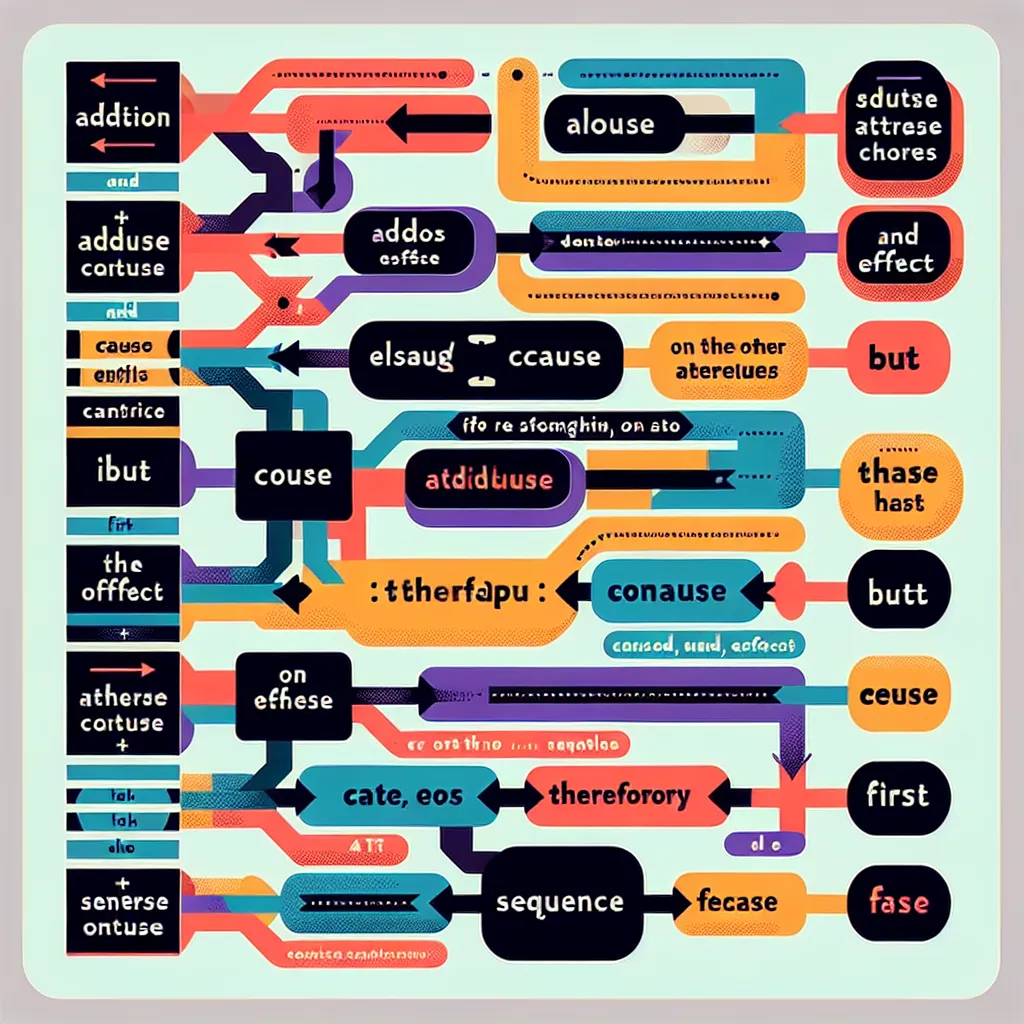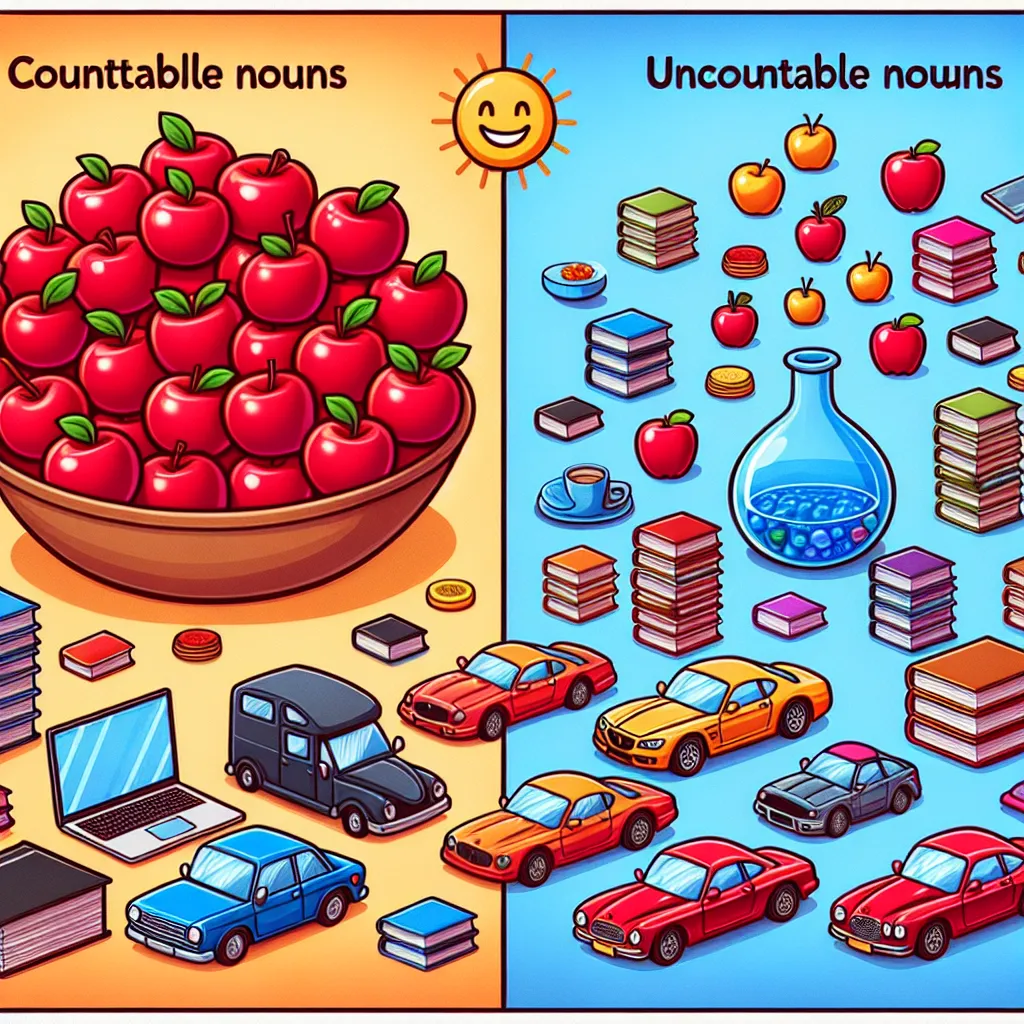Sentence connectors are crucial elements in English grammar that help create coherence and flow in writing and speech. Whether you’re preparing for an English exam or simply want to enhance your language skills, mastering sentence connectors is essential. In this comprehensive guide, we’ll explore effective strategies to improve your understanding and usage of sentence connectors.
What Are Sentence Connectors and Why Are They Important?
Sentence connectors, also known as linking words or transition phrases, are words or expressions that join sentences, clauses, or ideas together. They play a vital role in creating logical connections between thoughts and ensuring smooth transitions in your writing.
Understanding and using sentence connectors correctly can:
- Enhance the clarity of your writing
- Improve the flow and coherence of your ideas
- Make your text more engaging and easier to read
- Demonstrate a higher level of language proficiency
 Sentence connectors diagram
Sentence connectors diagram
Types of Sentence Connectors
To improve your understanding of sentence connectors, it’s essential to familiarize yourself with the different types. Here are some common categories:
1. Addition Connectors
These connectors are used to add information or ideas:
- Furthermore
- Moreover
- In addition
- Additionally
Example: “The new policy will reduce costs. Furthermore, it will improve efficiency.”
2. Contrast Connectors
Use these to show differences or opposing ideas:
- However
- Nevertheless
- On the other hand
- In contrast
Example: “The product is expensive. However, its quality justifies the price.”
3. Cause and Effect Connectors
These connectors show relationships between causes and their results:
- Therefore
- As a result
- Consequently
- Thus
Example: “He studied hard. Therefore, he passed the exam with flying colors.”
4. Time and Sequence Connectors
Use these to indicate chronological order or sequence of events:
- Firstly
- Subsequently
- Finally
- Meanwhile
Example: “Firstly, preheat the oven. Subsequently, prepare the ingredients.”
Strategies to Improve Your Understanding of Sentence Connectors
Now that we’ve covered the basics, let’s explore some effective strategies to enhance your grasp of sentence connectors.
1. Read Extensively
One of the best ways to improve your understanding of sentence connectors is through extensive reading. Expose yourself to a variety of English texts, including:
- Academic articles
- News reports
- Literary works
- English exam preparation materials
Pay attention to how sentence connectors are used in different contexts and make note of any new or unfamiliar connectors you encounter.
2. Practice Active Identification
As you read, actively identify sentence connectors and analyze their function within the text. Ask yourself:
- What is the purpose of this connector?
- How does it link the ideas in the sentence or paragraph?
- Could a different connector be used here? How would it change the meaning?
This active approach will help you develop a deeper understanding of how connectors work in practice.
3. Create Your Own Sentence Connector Bank
Develop a personal collection of sentence connectors:
- Keep a notebook or digital document dedicated to sentence connectors.
- Categorize connectors based on their function (e.g., addition, contrast, cause and effect).
- Include example sentences for each connector to illustrate its usage.
- Regularly review and update your bank with new connectors you encounter.
4. Use Gap-Filling Exercises
Gap-filling exercises are an excellent way to practice using sentence connectors in context. Try these steps:
- Find or create texts with blank spaces where connectors should be.
- Fill in the blanks with appropriate connectors.
- Check your answers and analyze why certain connectors work better in specific contexts.
You can find many online resources and workbooks that offer gap-filling exercises focused on sentence connectors.
5. Write and Revise
Practice using sentence connectors in your own writing:
- Write short paragraphs or essays on various topics.
- Deliberately incorporate a range of sentence connectors.
- Revise your work, focusing on connector usage.
- Ask a teacher or proficient English speaker to review your writing and provide feedback on your use of connectors.
 Writing practice with sentence connectors
Writing practice with sentence connectors
6. Utilize Technology
Take advantage of technology to enhance your learning:
- Use language learning apps that offer exercises on sentence connectors.
- Watch educational videos on YouTube that explain and demonstrate the use of connectors.
- Participate in online forums or language exchange platforms to practice using connectors in real conversations.
7. Learn Connectors in Context
Instead of memorizing lists of connectors in isolation, focus on learning them within meaningful contexts:
- Study example sentences that demonstrate the proper use of each connector.
- Pay attention to the grammatical structures that often accompany specific connectors.
- Notice how connectors can change the tone or emphasis of a sentence.
Common Mistakes to Avoid
As you work on improving your understanding of sentence connectors, be aware of these common pitfalls:
-
Overuse: Don’t use connectors in every sentence. Too many connectors can make your writing feel forced or unnatural.
-
Incorrect usage: Make sure you understand the precise meaning and function of each connector. For example, “however” and “on the other hand” are not always interchangeable.
-
Ignoring punctuation: Pay attention to the correct punctuation that accompanies different connectors. Some require a comma, while others do not.
-
Mismatched register: Be mindful of the formality level of different connectors. Some are more suitable for academic writing, while others are better for casual conversation.
-
Redundancy: Avoid using multiple connectors that serve the same purpose in a single sentence.
Next Steps
To further enhance your mastery of sentence connectors:
- Set specific goals for incorporating new connectors into your writing each week.
- Create a study schedule that includes regular practice with sentence connectors.
- Find a study partner or join a language learning group to practice using connectors in conversation.
- Consider taking a focused course on advanced English grammar, which will likely cover sentence connectors in depth.
- Explore strategies for mastering English sentence structure to complement your understanding of connectors.
By consistently applying these strategies and being mindful of sentence connectors in your daily English interactions, you’ll gradually improve your understanding and usage. Remember, mastering sentence connectors is an ongoing process that requires patience and practice. Stay motivated, and you’ll see significant improvements in your English writing and speaking skills over time.




